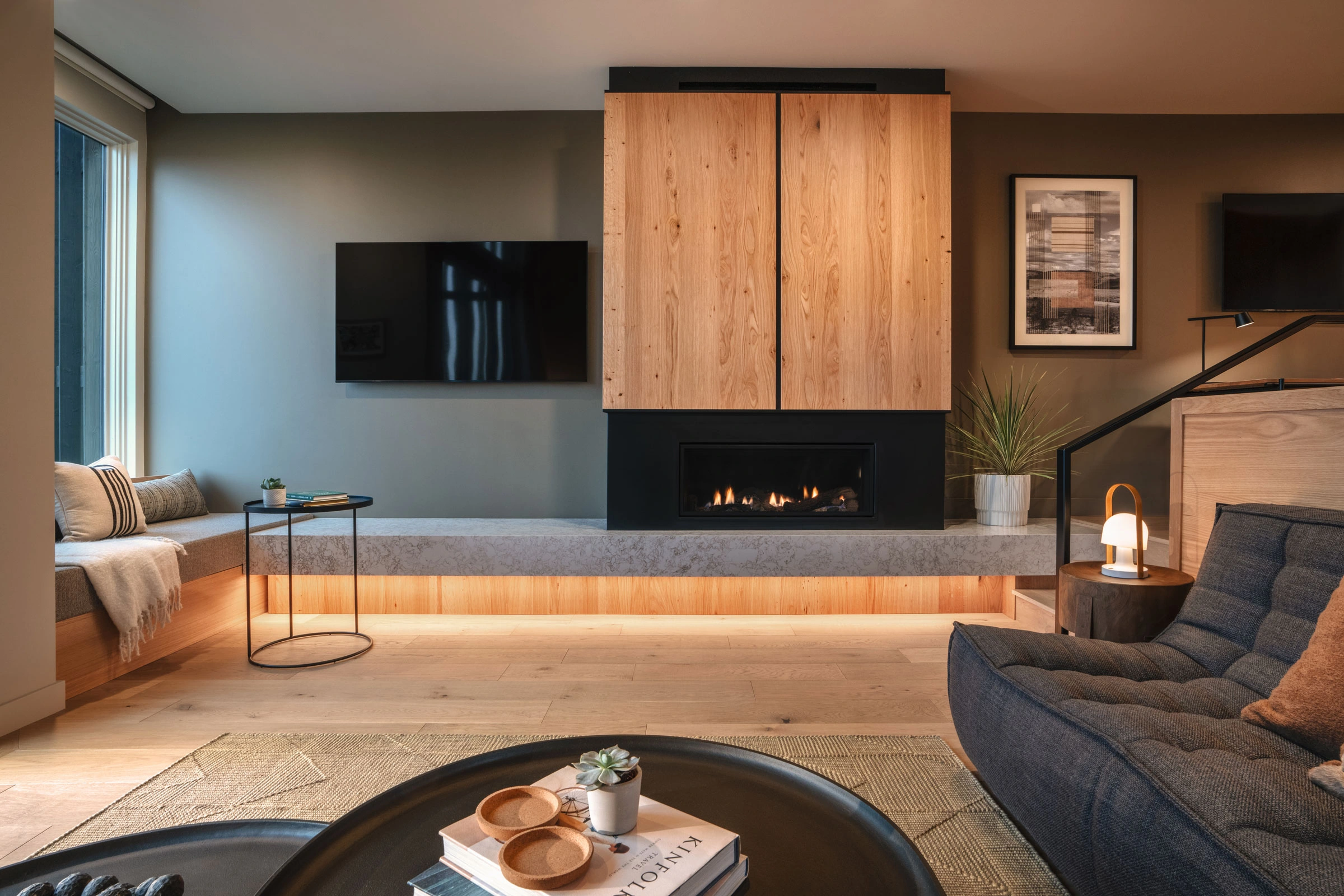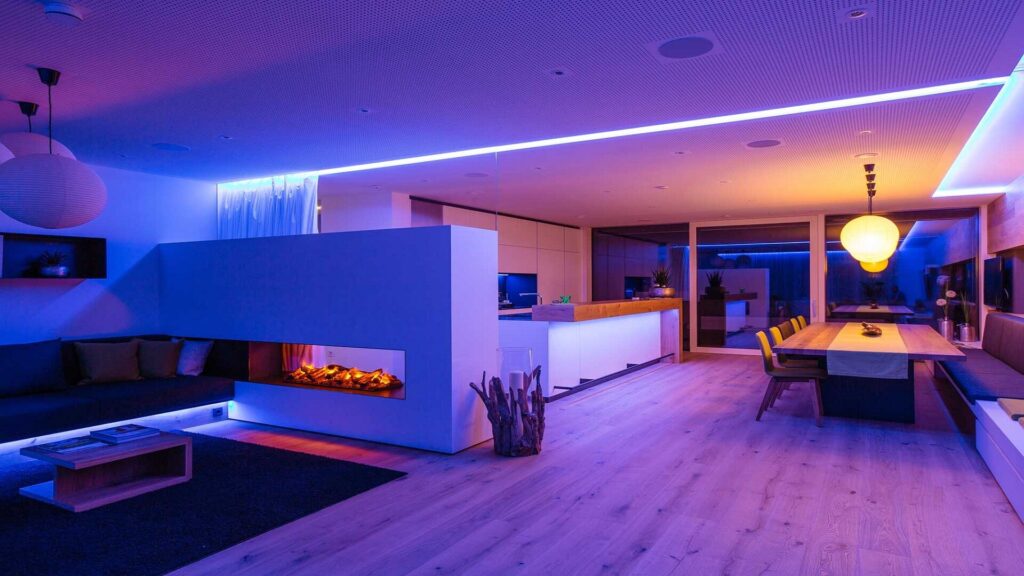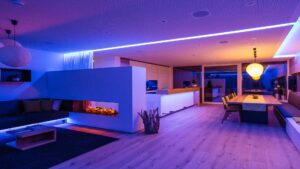The LED lighting industry is experiencing significant growth and innovation in 2024, driven by advancements in technology and increasing demand for sustainable lighting solutions. As energy efficiency and environmental concerns take center stage, LED lights are becoming the go-to choice for both residential and commercial applications.

The U.S. Department of Energy projects that by 2035, LED lamps and luminaires will dominate the lighting market, comprising 84% of all applications. This widespread adoption is expected to result in energy savings of up to 569 terawatt-hours annually, equivalent to the output of more than 92 1,000-megawatt power plants.
One of the most notable trends in 2024 is the continued development of smart LED lighting systems. These lights can be controlled remotely via smartphones or integrated with home automation platforms, allowing users to adjust brightness, color temperature, and set lighting schedules based on personal preferences or time of day. This integration not only enhances convenience but also contributes to energy efficiency by ensuring lights are only used when needed.
The focus on energy efficiency extends beyond smart features. Manufacturers are working to improve the luminous efficacy of LEDs, ensuring brighter illumination while consuming less energy. Cutting-edge developments in chip technology and phosphor coatings have led to LEDs that boast even higher lumens per watt, offering superior brightness compared to earlier models.
Safety remains a key advantage of LED lighting. Unlike incandescent or halogen bulbs, LEDs operate at much lower temperatures, greatly reducing fire risks. While incandescent bulbs can reach temperatures of 100°C to 200°C, LEDs typically operate between 35°C and 55°C.
The environmental impact of LED lighting is also noteworthy. LEDs are free of toxic elements like mercury, which is found in compact fluorescent lamps (CFLs). Their longer lifespan means less waste, as fewer bulbs need to be disposed of over time.
Tim Evans, vice president of E3, a company that retrofitted a school district in Texas with LED lights, stated, “The LED’s use 15 to 18 watts per lamp as opposed to the 32 to 36 watts per lamp used by the fluorescents. So it saves the schools money and they get a good return on investment”.
Looking ahead, the LED lighting market is projected to reach $155.31 billion by 2032, growing at a compound annual growth rate of 10.13% from 2024 to 2032. This growth is driven by factors such as increasing awareness of energy efficiency, environmental sustainability, and government regulations favoring energy-efficient lighting solutions.
The future of LED lighting holds exciting possibilities. Ongoing research and development are expected to improve efficiency, reduce costs, and expand the applications of LED technology. Innovations in human-centric lighting, which considers the physiological and psychological effects of lighting on human health, are also on the horizon.
As LED technology continues to advance, it promises to play an increasingly significant role in creating safer, more energy-efficient spaces. By understanding the benefits and best practices associated with LED lighting, consumers and businesses can make informed decisions that enhance both their environments and their energy footprint.





